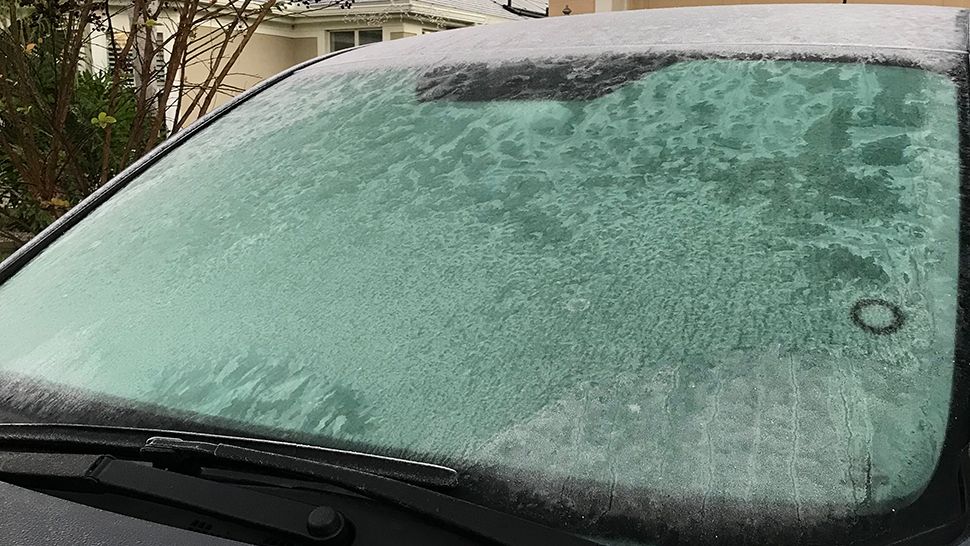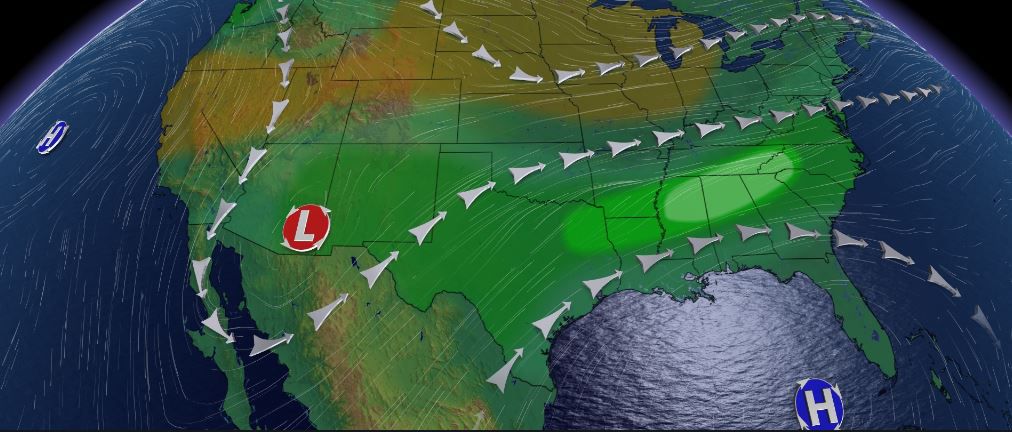ORLANDO, Fla. — We've talked a lot about the abnormally warm temperatures over the past few months, but we also could use a little more rain around here in Central Florida.
- Since start of 2020, most of Central Fla. has gone dry
- Florida has experienced its 25th driest January on record
- Read more of Spectrum News 13's Weather Blog
- RELATED: 2020 Starts Out Warm, Drier Than Average
Since we switched the calendar over to 2020, most of Central Florida has gone dry. Orlando is more than 2 inches drier than average through the middle of February.
Orlando International Airport has only measured a little more than 1.5 inches since January 1.
Temperatures have stayed warm due to strong ridges of high pressure that have been keeping the storm track farther to the north.
This setup has limited cold front passages that not only bring in the cooler air, but also the rain that we rely on during the "dry season."
During the summertime, we see so much rain thanks to warmth and humidity that drive our sea breeze collisions. These boundaries collide over Central Florida daily bringing us the rounds of storms and rain.
Through the middle of February, we've only had four days this year where the rain has added up to more than a tenth of an inch at the Orlando International Airport. Only two days have had more than a quarter of an inch of rainfall.
Melbourne is the only spot in Central Florida with a deficit that is less than an inch. Orlando and Leesburg have a rainfall deficit of more than two inches.
As a whole, Florida experienced its 25th driest January on record. Compare that to Louisiana, Arkansas, Tennessee, Mississippi, and Alabama that all had one of their wettest starts to a year on record and are now dealing with severe flooding.
This has been the trend for the storm track to stay just to our north leaving Florida mostly high and dry with abnormally warm temperatures holding on.
There are some signals within the forecast models that we could turn cooler and wetter than average for the end of February.
It would be a good thing to pick up more rain before we get into spring and our wildfire season here in Central Florida.
The rain would also help lower the pollen count for folks struggling with allergies. The pollen count has been high for quite some time now too.
Orlando
- 2020 Rainfall: 1.61"
- Deficit: -2.08"
- Number of Days with Rainfall >= 0.10": 4
- Number of Days with Rainfall >= 0.25": 2
Daytona Beach
- 2020 Rainfall: 2.32"
- Deficit: -1.96"
- Number of Days with Rainfall >= 0.10": 4
- Number of Days with Rainfall >= 0.25": 4
Melbourne
- 2020 Rainfall: 3.04"
- Deficit: -0.65"
- Number of Days with Rainfall >= 0.10": 6
- Number of Days with Rainfall >= 0.25": 4
Sanford
- 2020 Rainfall: 2.34"
- Deficit: -1.40"
- Number of Days with Rainfall >= 0.10": 4
- Number of Days with Rainfall >= 0.25": 3
Leesburg
- 2020 Rainfall: 1.80"
- Deficit: -2.25"
- Number of Days with Rainfall >= 0.10": 5
- Number of Days with Rainfall >= 0.25": 3








